“. . . the more than two hundred specimens that reached Philadelphia, from the activities of the Lewis and Clark Expedition, signified the richness of the flora of the Pacific Northwest and particularly the states of Oregon, Washington, Idaho and Western Montana.”
Lewis’s Plant Collection
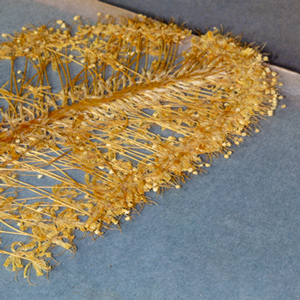
Even on the toughest days of the expedition, Lewis somehow found time to observe plants along the way. However, his major periods of systematic work evidently were at Fort Mandan, Fort Clatsop, and Long Camp.
Lewis as Botanist
"No regular botanist"
by James L. Reveal
This interview with botany Professor James Reveal recorded at Packer Meadow near Lolo Pass analyzes the botany of Lewis.
The Donation Book
Catalog of specimens
by Earle E. Spamer, Richard M. McCourt
The Fort Mandan shipment of specimens was registered in the so-called “Donation Book” that was compiled for the Lewis and Clark materials received in November 1805. The entries were sequentially numbered by John Vaughan of the APS in Philadelphia.
Jerusalem Artichokes
Helianthus tuberosus
by Joseph A. Mussulman, Kristopher K. Townsend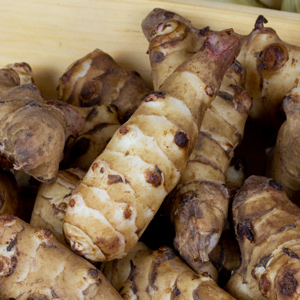
The French explorer Samuel de Champlain found the vegetable growing in Indian gardens along the Saint Lawrence seaway and carried specimens of it back to France in 1603, where its root soon became a staple food for humans.
Bearberry
Kinnikinnick, Arctostaphylos uva-ursi
by James L. Reveal, Joseph A. Mussulman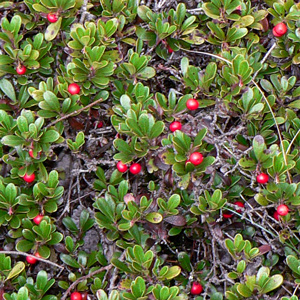
Lewis and Clark sometimes called it kinnikinnick, sometimes sacacommis. At Fort Clatsop on 29 January 1806, he described this useful plant.
Beargrass
Xerophyllum tenax
by James L. Reveal, Richard M. McCourt, Sarah Walker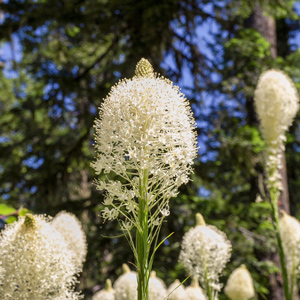
There is a great abundance of a species of bear-grass which grows on every part of these mountains,” wrote Lewis on 15 June 1806. “It’s growth is luxouriant and continues green all winter but the horses will not eat it.”
Biscuitroots
Nature's grateful vegetable
by Jack Nisbet
Columbia plateau biscuitroots: “one of the grateful vegetables” by naturalist Jack Nisbet. An Indian food source for thousands of years.
The Bitterroot Plant
Lewisia rediviva
by Joseph A. Mussulman
Flathead Salish, Kutenai, Shoshoni, and Nez Perce people all regard the bitterroot with solemn reverence. No other root may be harvested until the elder women of the tribe have conducted the annual First Roots ceremony.
Indian Breadroot
Pediomelum esculentum
by Kristopher K. Townsend
The day Sacagawea gathered Indian breadroot, Lewis wrote a detailed ethnobotanical description. The specimen he prepared a year prior is now used as the primary identifier of the species.
Buffaloberry
Shepherdia argentea
by Kristopher K. Townsend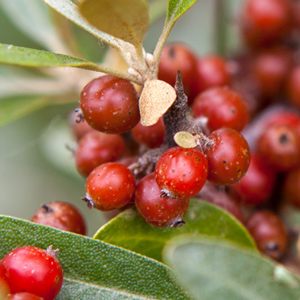
Lewis collected buffaloberry specimens which were new to science and Clark had them in a delightful tart. Native Americans had been eating the bright red berries for generations.
Camas
Camassia quamash
by James L. Reveal, Joseph A. Mussulman
William Clark, pushing on in advance of the hungry men of the Corps, came upon two adjacent Indian villages totaling about 30 lodges on Weippe Prairie. They gave him and his six hunters “roots in different States, Some round and much like an onion which they call quamash.”
Wild Cherries
by Kristopher K. Townsend
As the expedition moved across the Northern American continent, Lewis took particular notice of the changes he saw in the wild cherries. For a deeper dive into the Lewis and Clark Expedition’s encounters with wild cherries, see these four articles.
Cous
Lomatium cous
by Joseph A. Mussulman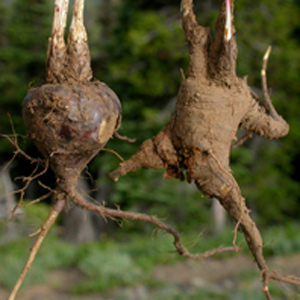
William Clark first mentioned the root cous on 1 November 1805, saying that native people living near the future Bonneville Dam site traded beads to obtain it from people up the Columbia River. To Clark, it was “cha-pel-el bread.”
Echinacea
Prairie coneflower, E. angustifolia
by Kristopher K. Townsend
Justified by the ethnobotanical record, the captains went to unusual lengths to preserve and document echinacea. Most—if not all—the Tribal Nations encountered along the Missouri River used the plant to treat snakebites in the manner described by the two captains.
Elkhorn
Clarkia pulchella
by James L. Reveal, Joseph A. Mussulman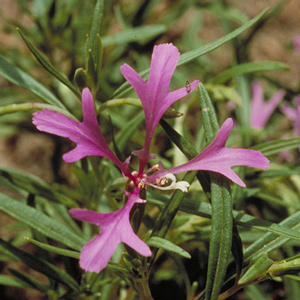
The plant’s common names include elkhorn, ragged robin, pink fairy, and deerhorn. In the spring of 1807 Lewis turned over his plant specimens to Frederick Pursh, who gave this flower the scientific name Clarkia pulchella
Wild Ginger
Asarum canadense
by James L. Reveal, Joseph A. Mussulman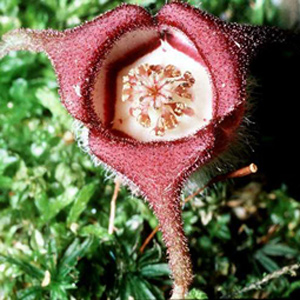
Lewis reported that a specimen of this plant “was taken the 1st of June at the mouth of the Osage River; it is known in this country by the name of the wild ginger.”
Oregon Grapes
Berberis aquifolium
by Joseph A. Mussulman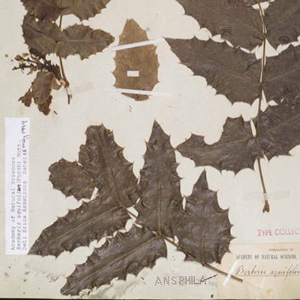
In his journal for 12 February 1806, Lewis described the plant that now goes by the name Berberis aquifolium, which he had first noticed in the vicinity of the Cascades of the Columbia River, about 145 miles from the ocean.
Mixed-grass Prairie

On 8 July 1806, Lewis descended from the Rocky Mountains and entered the “Plains of the Missouri,” a prairie type that extended as far as North Dakota.
Sweet Grass
Hierochloe odorata
by Joseph A. Mussulman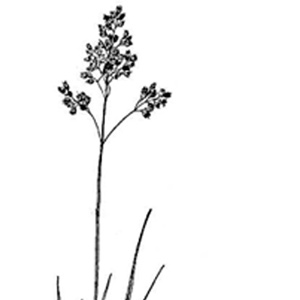
For thousands of years sweet grass has been used as incense in spiritual and religious ceremonies, as a personal perfume, and braided into necklaces and bracelets for wearing as amulets to ward off illness and injury.
Lady’s Slipper
Cypripedium montanum
by Joseph A. Mussulman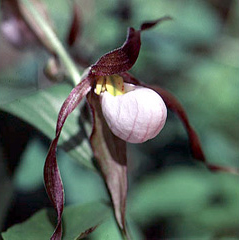
Above Montana’s Lolo Creek, Lewis noticed a flower: “in shape and appearance like ours”—in Virginia, of course—”only that the corolla is white, marked with small veigns of pale red longitudinally on the inner side.”
Glacier Lilies
Erythronium grandiflorum
by Joseph A. Mussulman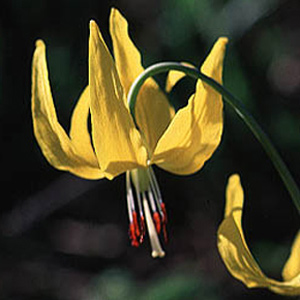
Because it appears in the Rockies at the edges of receding snowbanks it has also earned the name glacier lily. Lewis’s specimen, collected 15 June 1806 on the Clearwater River, was the one used by Pursh to describe the species.
Prickly Pears
One of nature's greatest pests
by Joseph A. Mussulman
“The prickly pear is now in full blume,” he wrote on a mild early-summer day in 1805, “and forms one of the beauties as well as the greatest pests of the plains.”
Wild Roses
Rosa woodsii
by Joseph A. Mussulman
Meriwether Lewis was sufficiently familiar with the genus back home to recognize the new species he termed the “small rose of the prairies,” which he found on 5 September 1804, in present-day Nebraska near the mouth of the Niobrara River.
Serviceberry
Amelanchier alnifolia
by Kristopher K. Townsend
Everybody liked the abundant serviceberry fruit—the Lemhi Shoshones were living on them, the enlisted men “regaled themselves,” and Lewis was the first to collect a specimen for science.
The Snowberry
Symphoricarpos albus
by Joseph A. Mussulman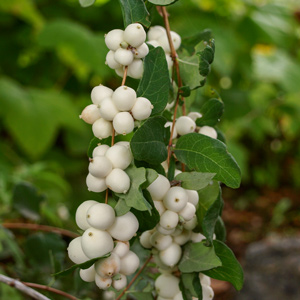
13 August 1805 near Lemhi Pass, Lewis wrote that he noticed “a species of honeysuckle much in it’s growth and leaf like the small honeysuckle of the Missouri.” He had discovered a plant that was new to the scientific community—the snowberry.
Sunflowers
Helianthus annuus
by Kristopher K. Townsend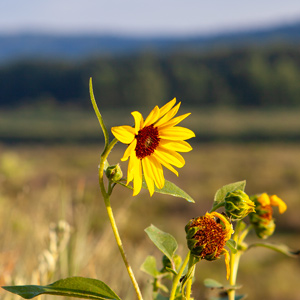
The common sunflower as a staple food among the Mandans and Lemhi Shoshones did not escape the attention of the journalists. Includes two traditional Hidatsa recipes.
Native Tobacco
Nicotiana quadrivalvis
by James L. Reveal, Joseph A. Mussulman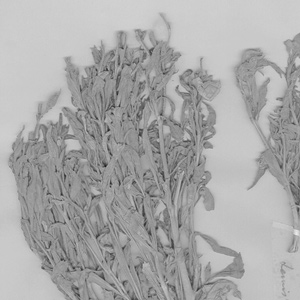
Lewis mentioned two species of tobacco, possibly Nicotiana quadrivalvis and N. rustica—a Mexican species called Aztec tobacco—that the Arikara cultivated.
Trees
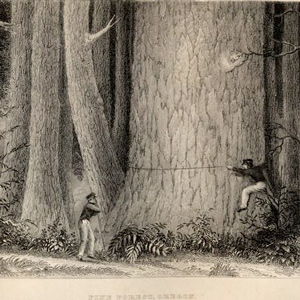
Previous explorers and trading ships came back from the Northwest Coast with reports of forests thick with gigantic spruce, cedar, and firs. What would Lewis report of this natural resource? And what of the cottonwoods along the drainages everywhere else?
Edible Valerian
Valeriana edulis
by Joseph A. Mussulman
One of the roots obtained by George Drouillard on 21 August 1805 may have been a species of valerian (vuh-LEHR-ee-an), such as Valeriana edulis (vuh-leh-ree-AYE-nuh ed-YOU-lis), or edible valerian.
Wapato
Sagittaria latifolia
by Barbara Fifer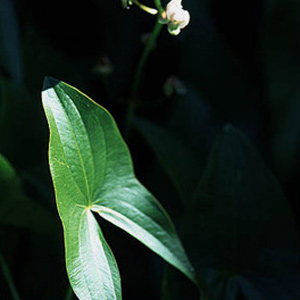
If this plant was what Sacagawea was referring to when she told Clark she favored spending the winter anyplace where there was “plenty of Potas,” it may be that some of the men had recognized it as “duck potato” or “Indian potato.”
Weeds on the Lolo Motorway
Modern invasives
by Sarah Walker
During the summer of 2003 a weed inventory team from the University of Idaho searched the Lolo Motorway for weeds. They saw spotted knapweed four times, orange hawkweed twice, yellow hawkweed twice, henbane once, and goatweed 28 times: 37 widely-scattered weed sightings in about 50 miles.
Western Spring Beauty
Claytonia lanceolata
by Joseph A. Mussulman
On 25 June 1806, on the branch of Hungery Creek where they “nooned it,” Sacagawea brought the captains “a parcel of roots” that Lewis immediately recognized as the kind Drouillard had given him ten months earlier.
Yucca
Soapweed, Yucca glauca
by James L. Reveal, Joseph A. Mussulman
None of the expedition’s journalists made any note of yucca, although in writing of Lemhi-Shoshone Indian dress, Meriwether Lewis mentioned “a small cord of the silk-grass” which at least one scholar has interpreted as referring to the yucca.
Experience the Lewis and Clark Trail
The Lewis and Clark Trail Experience—our sister site at lewisandclark.travel—connects the world to people and places on the Lewis and Clark Trail.
Discover More
- The Lewis and Clark Expedition: Day by Day by Gary E. Moulton (University of Nebraska Press, 2018). The story in prose, 14 May 1804–23 September 1806.
- The Lewis and Clark Journals: An American Epic of Discovery (abridged) by Gary E. Moulton (University of Nebraska Press, 2003). Selected journal excerpts, 14 May 1804–23 September 1806.
- The Lewis and Clark Journals. by Gary E. Moulton (University of Nebraska Press, 1983–2001). The complete story in 13 volumes.

